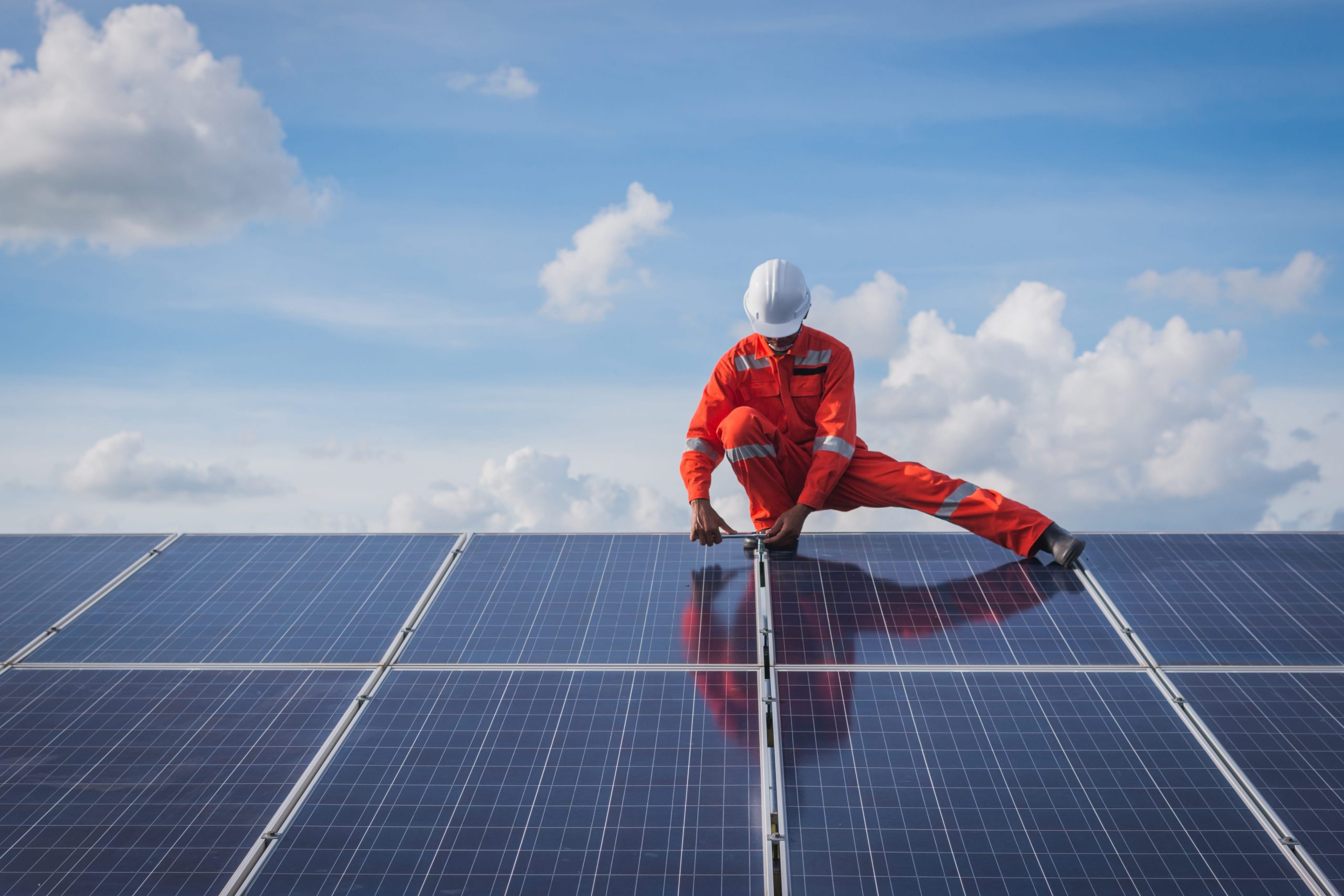Welcome to Power Line, a weekly energy newsletter brought to you by Business Insider.
Here’s what you need to know:
- Want to get this newsletter in your inbox every Friday? Sign up here.
- Got a tip or feedback about this newsletter? Email [email protected].
- Don’t forget: Sunday is Mother’s Day.
Happy Friday, folks!
I am delighted to announce that earnings season is mostly over – which means nearly all the top energy execs have revealed new details about how their firms are faring. More on that below.
Other things that delight me include hand blenders, plucking carrots out of the ground, tempeh if cooked right, and last year.
Let's get to it, starting with an update on oil.

A timeline for the recovery of oil markets
The term "recovery" may still be premature, but at least some Wall Street analysts say oil markets have already hit rock bottom. (It was probably made of shale.)
In a note earlier this week, Goldman Sachs laid out what a three-stage recovery would look like.
Stage 1: Relief. Some volatility, but the price of US crude will reach $25 a barrel in May. It's nearly there already.
- The inflection into an oil deficit is just weeks away. (Remember, we were talking about an epic surplus just days ago.)
- "It now appears likely that the market is passing its test on storage capacity," the analysts wrote.
Stage 2: "Cyclical tightening." The price of Brent crude, the international benchmark, will average around $30 in July to September and trend up, the bank said.
- The price of Brent could reach $60 at the start of next year as reserves are drawn down.
Stage 3: A new market emerges. By the end of next year, the value of oil will be back to where it was before the pandemic took hold.
- Over the long term there could be "structurally higher" oil prices, the bank said, which would "incentivize a new investment phase in oil supply.
Goldman Sachs also said now might be a good time to stock up on energy, erm, stocks.
Here are 6 oil stocks the bank thinks are well-positioned to ride the recovery.

What recovery? Layoffs continue to mount and dozens of bankruptcies loom
Let's remember that while the price of oil is up from historic lows last month, it's still down more than half since the start of the year.
- Most shale companies in the US can't turn a profit if US crude oil is under $40 a barrel. Right now, it's at about $24.
- That means companies will continue to cut.
Here's the latest.
Layoffs. Oilfield services (OFS) giant Halliburton laid off almost 2,700 workers across three states since April, as we reported on Tuesday.
- The week prior, the largest OFS company Schlumberger furloughed its North American staff. It also cut wages for some employees, using a template that appeared meant for promotions.
- OFS companies are hit especially hard during an oil price downturn because they provide drilling services, and the industry is laying down rigs.
- Are you an oil worker who was recently laid off? I'd love to chat with you. Please reach out at [email protected].
Bankruptcies. More of them coming. Dozens of oil and gas companies were saddled with debt before the downturn. Now, many of them may have no choice but to file for bankruptcy protection.
- Who's up next? Fitch Ratings shared a list of 25 energy companies most likely to default.
- California Resources, Unit Corp., and Ultra Petroleum are the most likely to file among the companies Fitch is tracking, an analyst at Fitch said.
Budget cuts. Most oil giants that reported earnings in the last two weeks announced further budget cuts.
- ExxonMobil, for example, further cut capital spending for the year. Now, it's down a staggering $10 billion.
We're tracking how 18 top oil giants are responding to the market downturn.

New details emerge about a giant 'refuelable' battery that could deliver power for a week straight
As it turns out, reading patents is neither fun nor particularly insightful. But sometimes they offer juicy clues, like the one submitted last week by battery startup Form Energy.
Run by a Tesla veteran and backed by a Bill Gates-led fund, Form Energy is among the buzziest and most secretive clean-energy startups.
And for years, it's been working on long-duration storage - batteries that can last for days or weeks that are designed to replace fossil-fuel power plants on the grid.
We've been wondering how Form's batteries might work. This patent offers some clues.
Clue 1: A "refuelable" battery. The company appears to be working on a battery that has some kind of charge-holding material that degrades as power is discharged.
- The battery can then be refueled by swapping in more of that charge-holding material.
Clue 2: No mention of flow batteries. We know Form is working on some kind of flow-battery, in which charge is stored in tanks of liquid. But this patent is for something different.
- One scientist I talked to said the cathode and the anode - which interact to produce charge - are likely either both solid, or one is sold and the other is … air?
- Yep, "air-breathing" batteries are a thing.
Clue 3: Iron or an iron alloy. Three scientists I talked to said it's likely that this battery will use some form of iron or an iron alloy, based on language in the patent that they reviewed.
We won't have to wait long for more details.
Yesterday, Form announced that it's building a 1-megawatt pilot battery for an energy utility in Minnesota that could last for 150 hours straight, making even Tesla's Powerpack look like a dinky AAA.
On the phone this week, the firm's CEO, Mateo Jaramillo, told me that we'll hear more about the battery tech later this year.
One number Sunrun's CEO shared this week explains why rooftop solar sales will never be the same again
The number: $1,000, how much Sunrun expects it can save per customer by moving sales and marketing online.
Why it's significant: Rooftop solar companies have been forced to move their operations online in the wake of coronavirus. Analysts are wondering if those changes will stick.
- $1,000 in savings translates to about 15-18% of the total sales and marketing budget per customer.
- With savings that high, it's likely that Sunrun (and other companies) will likely continue to invest in digital sales.
What to watch: Wildfire season is approaching in California, the largest solar market in the country. On the call, Jurich said "prescribed burns have been halted," which means "there's a real risk that we'll have more blackouts this fall."
- As we previously reported, more blackouts could give the company's battery sales a boost.
4 big stories we didn't cover
- Gov. support for clean energy: "The Treasury Department is signaling that it plans to offer more time for renewable power developers to qualify for tax credits as projects are disrupted by the coronavirus pandemic," Axios reports.
- The "Great Shut-in of 2020:" The consulting firm IHS Markit now expects oil production to fall by as much as 17 million barrels per day in the period May through June.
- "The second quarter of 2020 will see the largest volume of liquids production cuts, including shut-in production, in the history of the oil industry," the firm said.
- A bad month for coal. Renewable energy sources produced more electricity than coal every single day in April for the first time ever, according to the Institute for Energy Economics and Financial Analysis.
- Historic battery deal: California utility Southern California Edison contracted a whopping 770-megawatts of battery storage, Greentech Media reports. It's among the largest set of deals on record.
That's it! Have a great weekend.
- Benji
Ps. I decided to start gardening. It's been a week since I seeded the ground and there's not a sprout in sight. I'm worried everything is dead. (Tips of the garden variety are also welcome.)


